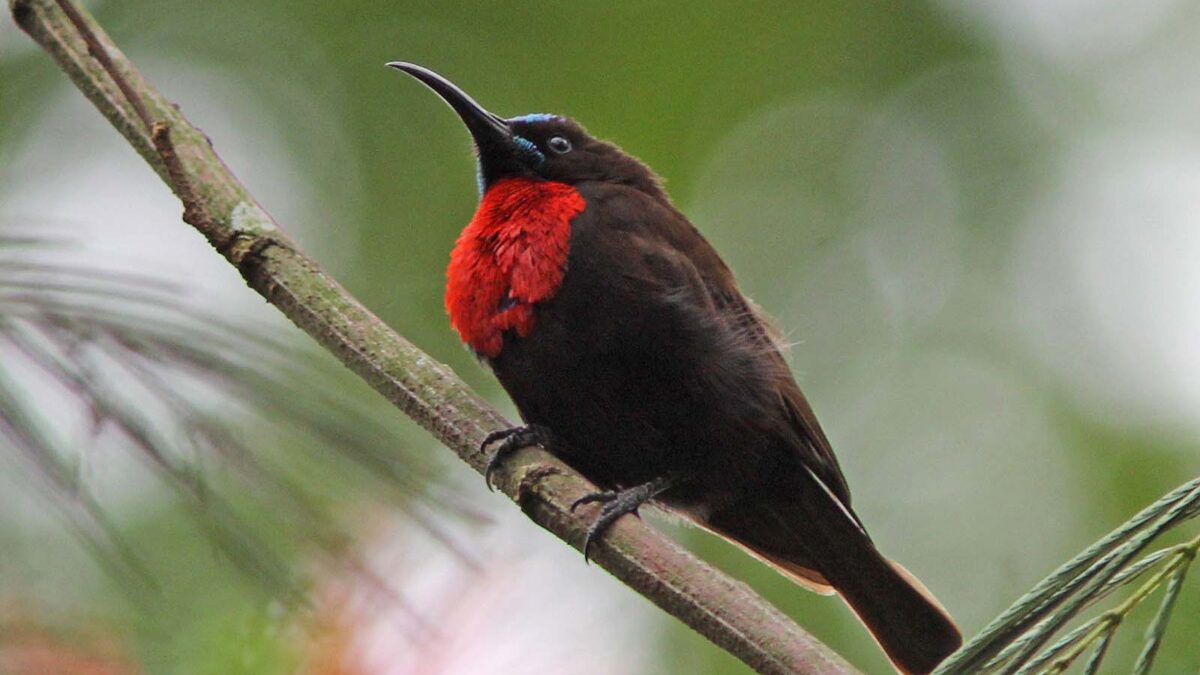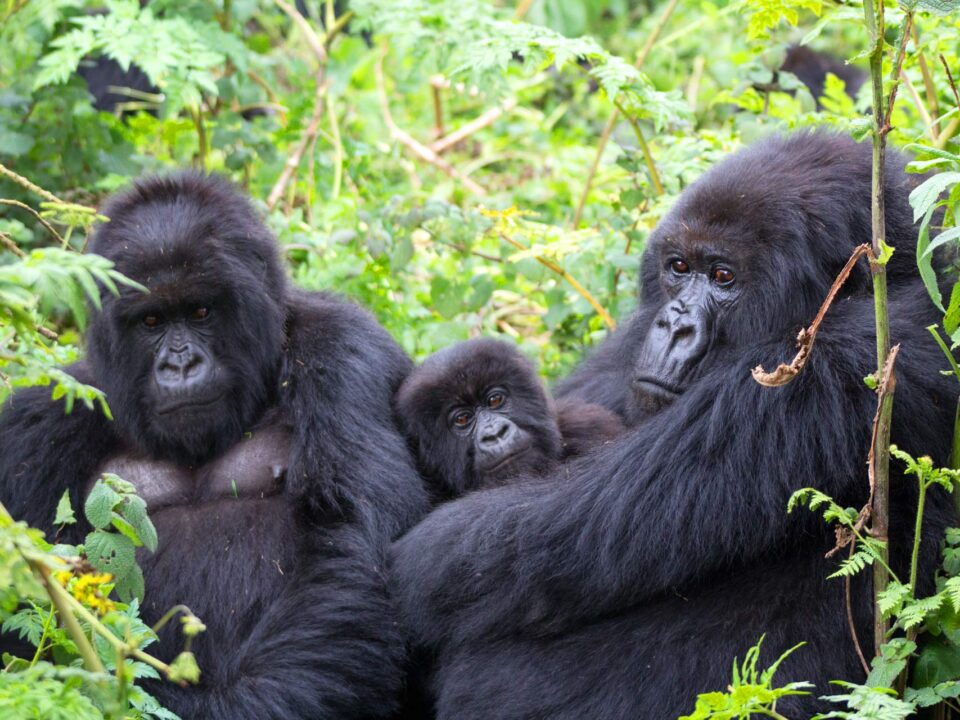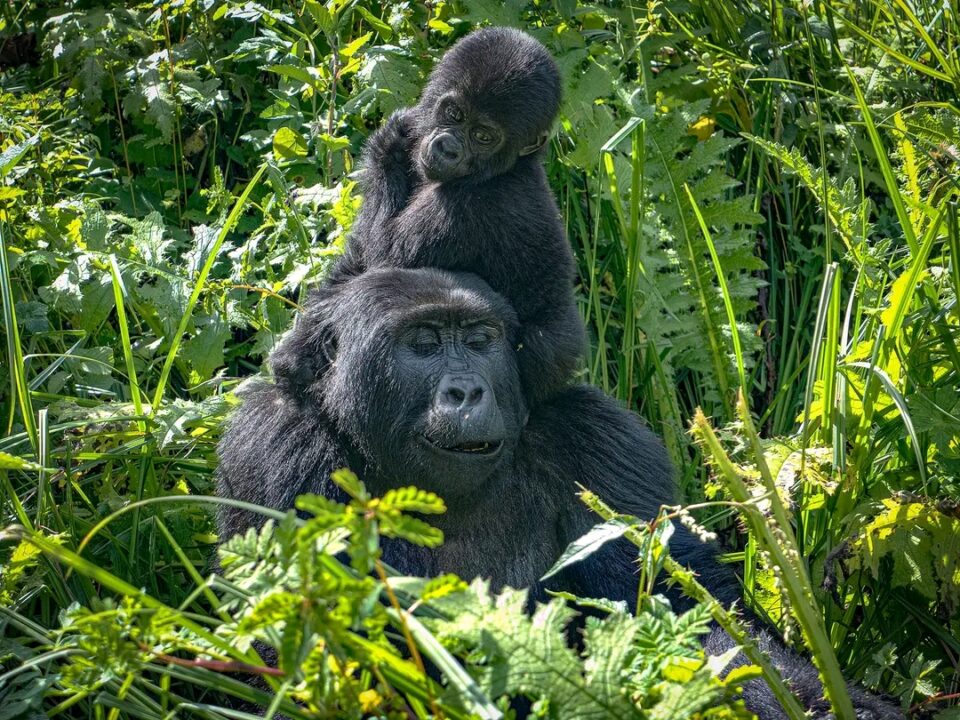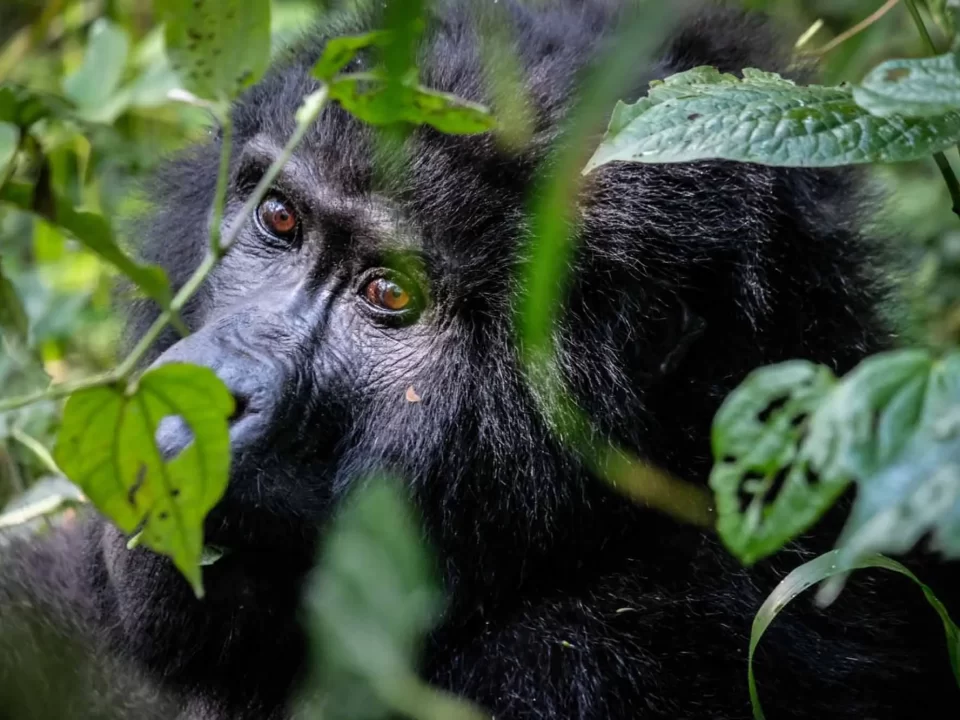Albertine Rift Endemics of Bwindi forest

Nairobi Safari Walk Kenya
September 8, 2023
Explore Sibiloi National Park
September 8, 2023Exploring the Albertine Rift Endemics of Bwindi Forest with Trek Africa Expeditions
Bwindi Impenetrable Forest National Park: A Pristine Wilderness
Nestled in the southwestern heart of Uganda, Bwindi Impenetrable National Park emerges as an unspoiled natural gem, spanning an expansive 331 square kilometers. Renowned for its rich diversity of mammals and bird species, this national park stands as a sanctuary for numerous endangered wildlife species. Moreover, Bwindi Impenetrable National Park serves as the exclusive habitat for a remarkable group of avian wonders, known as the Albertine Rift Endemics.
Albertine Rift Endemics: Jewel of the Western Rift Valley
Bwindi Impenetrable National Park proudly boasts a staggering 23 Albertine Rift Endemics. These exceptional bird species find their homes not only within Uganda’s borders but also in the neighboring countries of Burundi, the Democratic Republic of Congo (DR Congo), Rwanda, and even further afield. The list of these extraordinary avian treasures includes the Handsome Francolin, Rwenzori Nightjar, Dwarf Honeyguide, African Green Broadbill, Red-throated Alethe, Archer’s Robin-Chat, Kivu Ground-Thrush, Rwenzori Turaco, Grauer’s Rush Warbler, Red-faced Woodland Warbler, Short-tailed Warbler, Grauer’s Warbler, Collared Apalis, Mountain Masked Apalis, Yellow-eyed Black Flycatcher, Rwenzori Batis, Stripe-breasted Tit, Purple-breasted Sunbird, Blue-headed Sunbird, Regal Sunbird, Strange Weaver, Dusky Crimsonwing, and Shelley’s Crimsonwing.
A Treasure Trove of Biodiversity
Bwindi Impenetrable National Park proudly stands as the sanctuary for half of the world’s rarest apes – the Mountain Gorillas. Remarkably, it’s the only protected area on the planet where both Mountain Gorillas and Chimpanzees coexist harmoniously. This lush forested expanse hosts four visitor center locations, each offering a unique gateway to explore this natural wonder. These centers include Buhoma, the park headquarters, Ruhija, where Albertine Rift Endemics are often easily spotted, as well as Rushaga and Nkuringo, the alternative starting points for Gorilla trekking adventures located in the park’s southern regions.
Bwindi’s Natural Setting and Location
Situated in the southwestern reaches of Uganda, Bwindi Impenetrable Forest National Park sits on the cusp of the great East African rift valley. Bordering the Democratic Republic of Congo (DRC) to the west, this pristine park is in close proximity to Kabale town, the nearest major urban center, positioned just 29 kilometers southeast of the park. The park’s topography showcases elevations ranging from 1,190 to 2,607 meters above sea level, with an astounding 60% of its expanse exceeding 2,000 meters above sea level. At the pinnacle of Bwindi lies the majestic Rwamunyonyi hill, while the park’s most northern tip marks its lowest point.
A Sanctuary for Mountain Gorillas
Bwindi Impenetrable Forest gained global recognition as a haven for Gorilla tracking, harboring more than half of the world’s remaining Mountain Gorilla population. These gentle giants, numbering over 360 individuals out of the estimated 800 plus worldwide, face severe endangerment due to poaching, habitat loss, and disease. Remarkably, this national park significantly contributes to the revenues of the Uganda Wildlife Authority, emerging as one of the top revenue-generating national parks in Uganda.
A World Heritage Site and Gorilla Tracking Haven
Designated as a World Heritage Site, Bwindi National Park takes center stage as the premier destination for mountain gorilla tracking in East Africa and Uganda. With several Gorilla families awaiting your discovery, each accommodating up to eight tourists per day, this experience is the crown jewel among all the activities offered in Uganda’s safari packages. These Gorilla families reside in four sectors: Buhoma (Northern part), Ruhija (Eastern part), Nkuringo (Southern part), and Rushaga (Southern part), all under the vigilant protection of the Uganda Wildlife Authority, the governing body responsible for all of Uganda’s National Parks.
The Lush Rainforest Ecosystem of Bwindi
Bwindi Impenetrable National Park typifies a tropical rainforest, with an annual mean temperature ranging from 7–15°C at its coolest to 20–27°C at its warmest. The park experiences annual rainfall varying from 1,400 to 1,900 millimeters, with heavy downpours prevailing from March to April and again from September to November. Bwindi’s natural allure extends to captivating features such as waterfalls, swamps, and rivers that meander in the north, west, and south directions, including the notable River Ntegyere and River Ishasha.
From Crown Forest to Protected Paradise
Bwindi National Park underwent a transformative journey, initially being designated as a crown forest in 1932. This stage was characterized by the park’s division into two blocks, the north and south, with the latter designated as the Kasatora Crown Forest. The park encompassed an area of 207 square kilometers during this phase, administered as part of Uganda’s government forest reserve.
However, in 1991, a significant change transpired, officially establishing Bwindi Impenetrable Forest National Park. Its expanded expanse, covering 330.8 square kilometers, now shelters a substantial population of Mountain Gorillas. Regrettably, the reservation of the forest had a profound impact on the Batwa people, who were subsequently prohibited from entering the national park.
Guided Nature Walks and Gorilla Trekking
Bwindi Impenetrable National Park presents an array of immersive activities for nature enthusiasts. Guided nature walks along diverse trails reveal the forest’s beauty, waterfalls, swamps, and rivers, offering opportunities to encounter other primates such as black monkeys, blue monkeys, and colobus monkeys. The pinnacle experience, of course, is Gorilla trekking, where visitors can interact with over seventeen Gorilla families. Each group accommodates up to eight tourists per day, embarking on treks that can range from 30 minutes to three-quarters of a day, depending on the Gorilla family’s location. Visitors are allowed a cherished one-hour encounter with these magnificent creatures. Gorilla trekking requires a reasonable level of fitness due to the rugged terrain.
Gorilla Habituation Experience
For the truly adventurous, Bwindi National Park offers the Gorilla Habituation Experience, a four-hour encounter with Gorilla researchers. This unique opportunity allows visitors to delve deeper into the daily lives and habits of the Gorillas. The Gorilla Habituation Permit for this extraordinary adventure is priced at USD 1500.00 per person per trek, with the four-hour duration commencing upon finding fresh Gorilla trails.
In conclusion, Bwindi Impenetrable Forest National Park stands as a testament to Uganda’s commitment to wildlife conservation. It’s a sanctuary for endangered Mountain Gorillas, a haven for avian treasures, and a lush rainforest teeming with natural wonders. Guided by Trek Africa Expeditions, visitors can embark on unforgettable journeys through this pristine wilderness, contributing to the preservation of this unique ecosystem while creating memories that last a lifetime.




